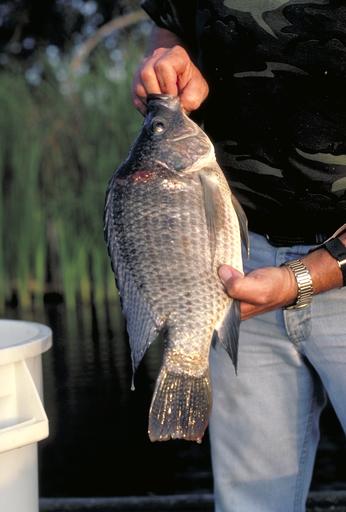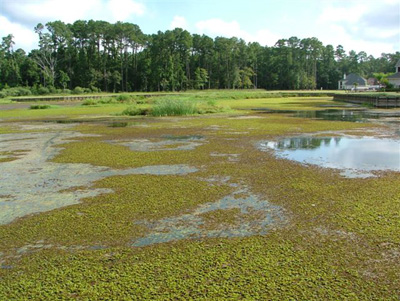Tilapia: Detrimental and Delicious
Thursday, July 26th, 2018This is Passport to Texas
When you hear the word tilapia, you may think of a savory meal with lemon butter sauce, but you probably don’t think of the term “invasive species.”
Tilapia are great to eat. They’re raised as a food fish, and they’re quite tasty. They’re quite popular in restaurants. But the problem is when they’re in our natural waters they are upsetting the ecosystem.
Originally established in fish farms as a food source, Tilapia eventually found their way into Texas waters.
Gary Garrett, a former Texas Parks and Wildlife fisheries biologist, says tilapia pose a threat to large mouth bass and other native species.
They build big pit nests and in doing that they stir up a lot of the sediment. And it’s been shown, for example, with large mouth bass, all that sediment stirred up and settling back down will often kill largemouth bass eggs.
And because of the delicate nature of the food chair, this behavior has the potential of damaging the entire ecosystem.
TPW has regulations for tilapia, but because they’re widespread statewide, they are difficult to control. But if you like to fish, Garrett says, there’s one way you can help.
Don’t throw them back. If you catch them, keep them.
So, next time you reel in tilapia, turn on the grill and get cooking.
The Sport Fish Restoration Program supports our series.
For Texas Parks and Wildlife…I’m Cecilia Nasti






 Passport to Texas is a
Passport to Texas is a  Passport to Texas is made available by:
Passport to Texas is made available by: